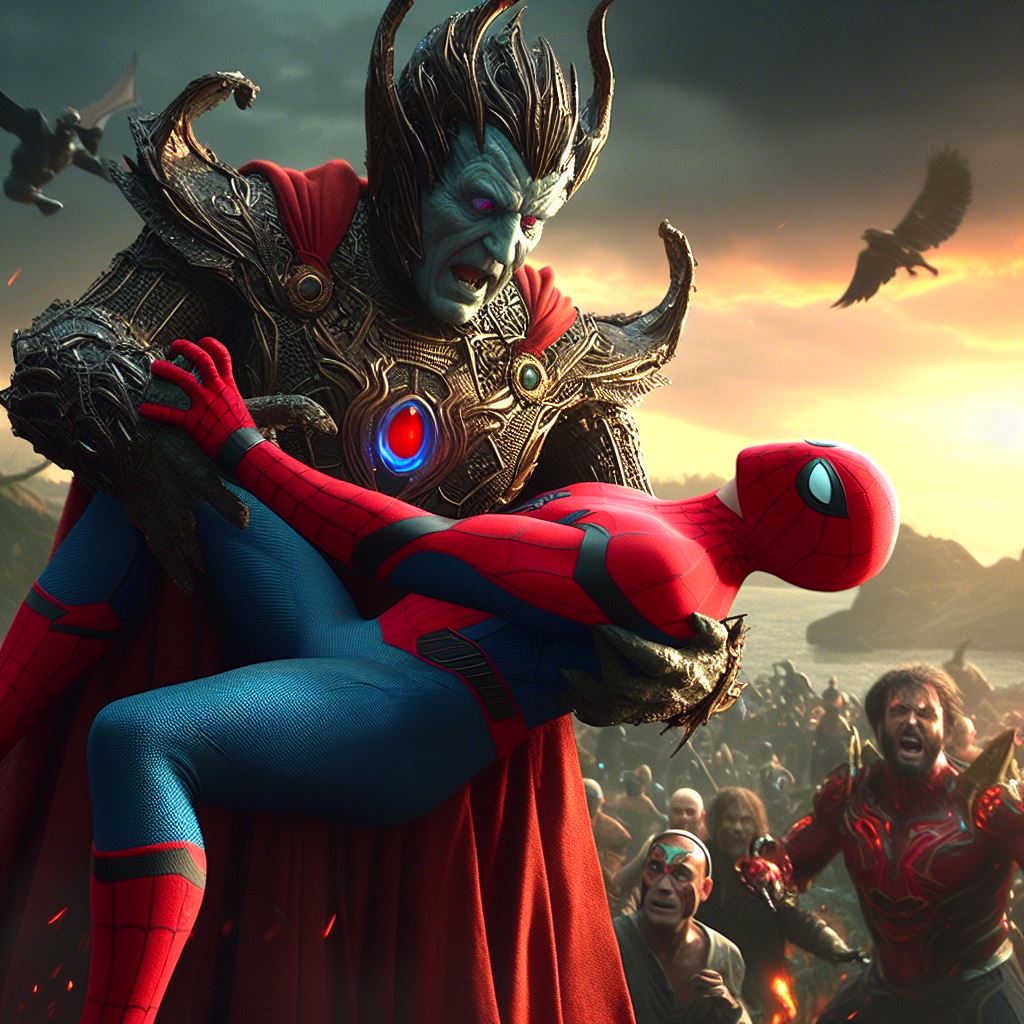Introduction
Every great story needs a compelling villain to challenge the hero and drive the narrative forward. However, sometimes the line between hero and villain becomes blurred, and the unexpected happens. In this article, we will explore the concept of Heroes Fell into the Arms of a Mad Villain Spoilers, examining the impact it has on the story and the audience. Through in-depth analysis, case studies, and relevant examples, we will uncover the reasons behind this plot twist and its lasting effects.
The Allure of the Mad Villain
1. The Power of Manipulation:
Mad villains possess a unique ability to manipulate the minds of heroes, exploiting their weaknesses and vulnerabilities. This manipulation often stems from the villain’s deep understanding of the hero’s psyche, gained through meticulous observation and research. By preying on the hero’s fears, desires, or unresolved conflicts, the mad villain can easily lure them into their clutches.
2. The Temptation of Redemption:
Heroes are driven by a strong moral compass, always striving to do what is right. However, this unwavering commitment to justice can sometimes blind them to the possibility of redemption for even the most heinous villains. Mad villains capitalize on this vulnerability, offering the hero a chance to save them from their own madness. This temptation can be irresistible, leading the hero to make questionable choices and ultimately fall into the villain’s arms.
Case Studies: When Heroes Succumbed to Madness
1. The Dark Knight Trilogy: Batman and the Joker:
In Christopher Nolan’s Dark Knight Trilogy, Batman finds himself entangled in a complex dance with the Joker, a mad villain who thrives on chaos. Despite Batman’s unwavering commitment to justice, the Joker’s manipulation pushes him to the brink of madness. In the film “The Dark Knight,” Batman is forced to make a difficult choice between saving Harvey Dent, Gotham’s shining hope, or Rachel Dawes, his love interest. In a moment of vulnerability, Batman falls into the Joker’s trap, ultimately leading to tragic consequences.
2. Breaking Bad: Walter White and Gus Fring:
In the critically acclaimed TV series Breaking Bad, Walter White, a high school chemistry teacher turned methamphetamine manufacturer, becomes entangled with Gus Fring, a ruthless drug lord. As Walter’s descent into darkness progresses, he becomes increasingly susceptible to Gus’s manipulation. In a pivotal moment, Walter falls into Gus’s arms, aligning himself with the very villain he sought to overthrow. This twist not only shocks the audience but also highlights the complexity of Walter’s character.

The Impact on the Story and Audience
1. Heightened Tension and Suspense:
When a hero falls into the arms of a mad villain, the stakes are raised to new heights. The audience is left on the edge of their seats, unsure of the hero’s fate and the consequences of their actions. This twist injects a sense of unpredictability into the story, keeping viewers engaged and eager to see how the narrative unfolds.
2. Moral Ambiguity and Character Development:
Heroes falling into the arms of mad villains challenges traditional notions of good and evil. It forces the audience to question the moral compass of the hero and confront their own beliefs about redemption and forgiveness. This plot twist often leads to profound character development, as the hero grapples with the consequences of their choices and seeks to find redemption or reclaim their true heroic nature.
Q&A:
1. Can a hero truly be redeemed after falling into the arms of a mad villain?
While redemption is a complex and subjective concept, a hero can potentially find redemption even after succumbing to the influence of a mad villain. It depends on the actions they take afterward and their willingness to confront their mistakes. The journey towards redemption may be arduous, but it is not impossible.
2. Why do audiences find the concept of heroes falling into the arms of mad villains so captivating?
This concept challenges our preconceived notions of heroism and morality. It forces us to question the limits of forgiveness and the potential for redemption in even the darkest of characters. The unpredictability and moral ambiguity of this plot twist make it captivating and thought-provoking for audiences.
3. Are there any risks associated with incorporating this plot twist into a story?
There are risks involved in using this plot twist, as it can potentially alienate some audience members who prefer more traditional hero-villain dynamics. Additionally, if not executed properly, it can undermine the credibility of the hero’s character arc. However, when done well, it can elevate the story and create a lasting impact on the audience.
Conclusion
The concept of Fell into the Arms of a Mad Villain Spoilers are a powerful narrative tool that challenges traditional storytelling conventions. Through manipulation and the temptation of redemption, heroes can find themselves entangled in the clutches of their greatest adversaries. This plot twist heightens tension, explores moral ambiguity, and drives character development. While there are risks involved, when executed effectively, this twist can leave a lasting impact on the audience, provoking thought and discussion long after the story ends.





























+ There are no comments
Add yours